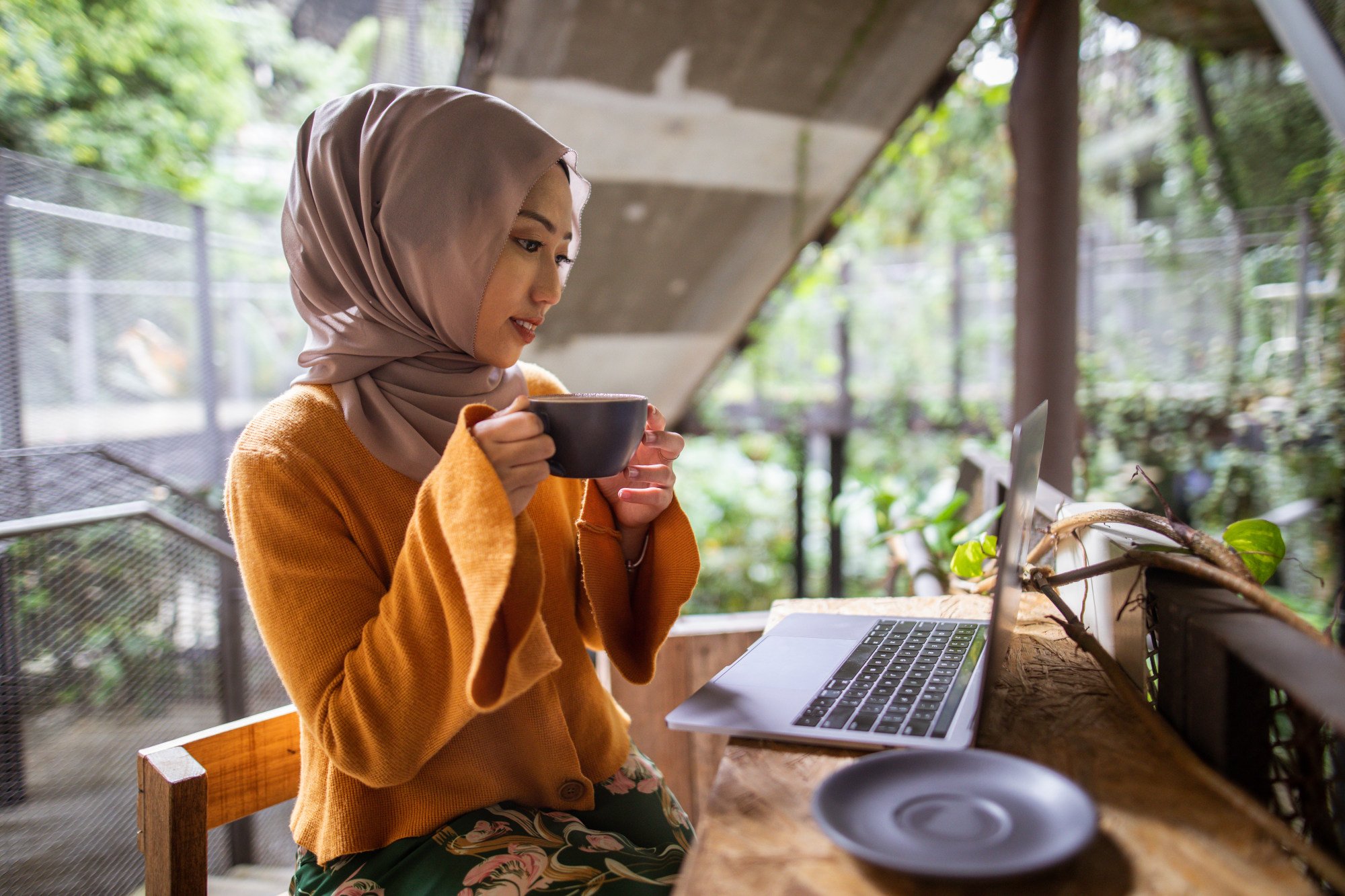
How Singapore and Malaysia’s coffee names reveal the region’s history of multiculturalism
- The Economist recently extolled the virtues of Australia’s flat white, but linguists will find coffee terms in Singapore and Malaysia more interesting
- In any kopitiam – a Malay-Hokkien fusion meaning ‘coffee shop’ – names reveal the history of immigration in the region, making for some very multicultural cups
The flat white – two shots of espresso with gently steamed milk and little or no foam, described as a more velvety cappuccino – was recently described by The Economist as “Australia’s greatest culinary export”.
Australia’s coffee culture is rooted in post-World War II Italian immigrants’ coffee techniques – and language.
Since the 1980s, coffee staples down under have borne typically pithy Australian monikers: “short black” (a regular espresso), “long black” (one made larger with additional hot water), “short/long mac” and “cap” (clipped from macchiato and cappuccino, respectively).
One explanation for “flat white” suggests that patrons, finding airy foam adding nothing to the drink, would ask for just “flat” milk.

For language lovers, it is the coffee typologies in other contexts that get us high.
The word kopitiam itself – included in the Oxford English Dictionary – comes from the Malay kopi “coffee”, adapted from the Dutch koffie, plus the Hokkien tiàm “shop”. Kopi samplings include:
Kopi: coffee with sugar and condensed milk.
Kopi o: coffee with sugar. O is Hokkien 烏 o͘ (pronounced “aw”), meaning “black, dark”, semantic extensions from “crow (bird)”.
Kopi o kosong: coffee without sugar and milk. Kosong is Malay for “empty”, also used for “zero”.

Kopi C: coffee with sugar and evaporated milk. C has long been believed to represent the initial letter of Carnation, a widely used brand of evaporated milk, though another explanation refers to the pronunciation in Hainanese of the word 鮮 “fresh”, for evaporated milk.
Kopi kau: extra-concentrated coffee, with sugar and condensed milk. Kau is the Hokkien 厚 kāu, for liquids that are “thick, rich, strong”.
Kopi siew dai: coffee with less sugar and condensed milk. Siew dai is the Cantonese 少 síu, “less”, and 底 dái, “bottom, base” – condensed milk or sugar comprise the usual base added first to the cup.
In contrast with the “flat white diplomacy” being touted, something like kopi C kau siew dai offers a fresher, richer embracing of multiculturalism and inclusion.

